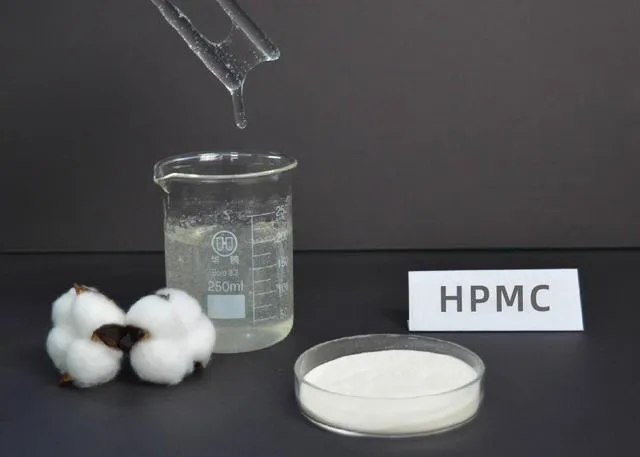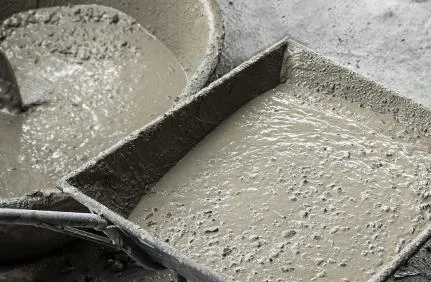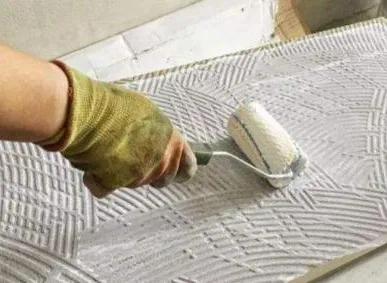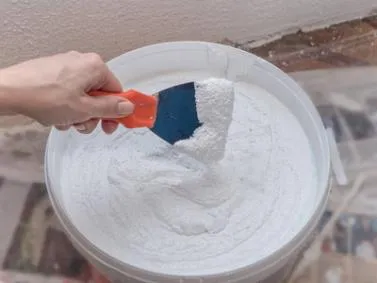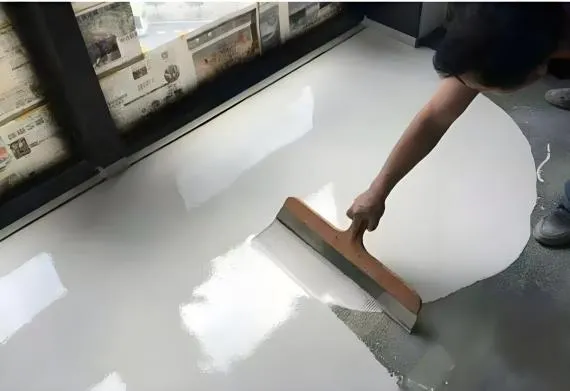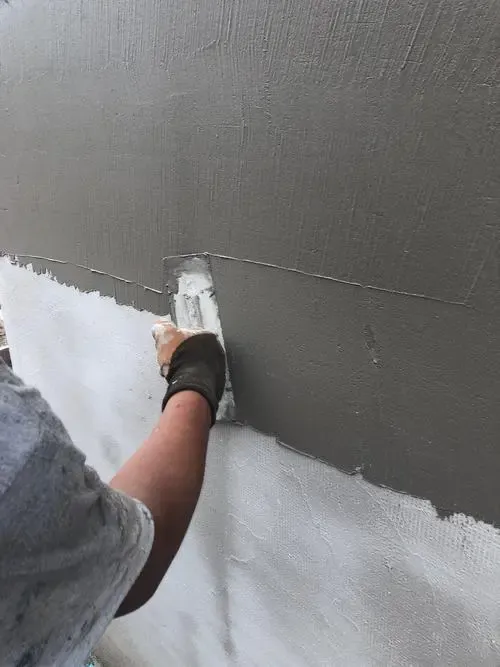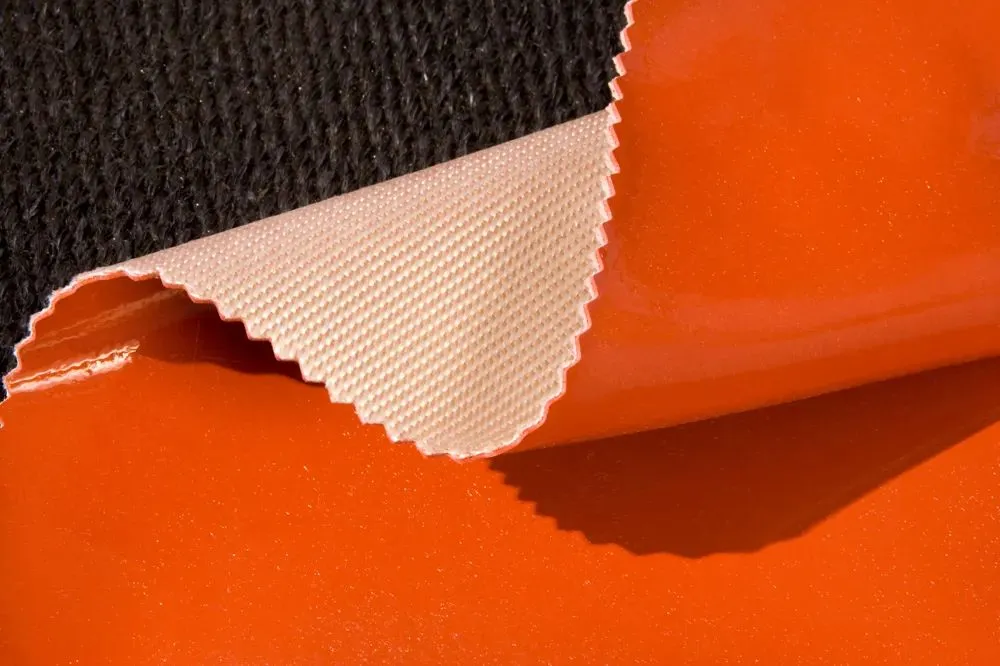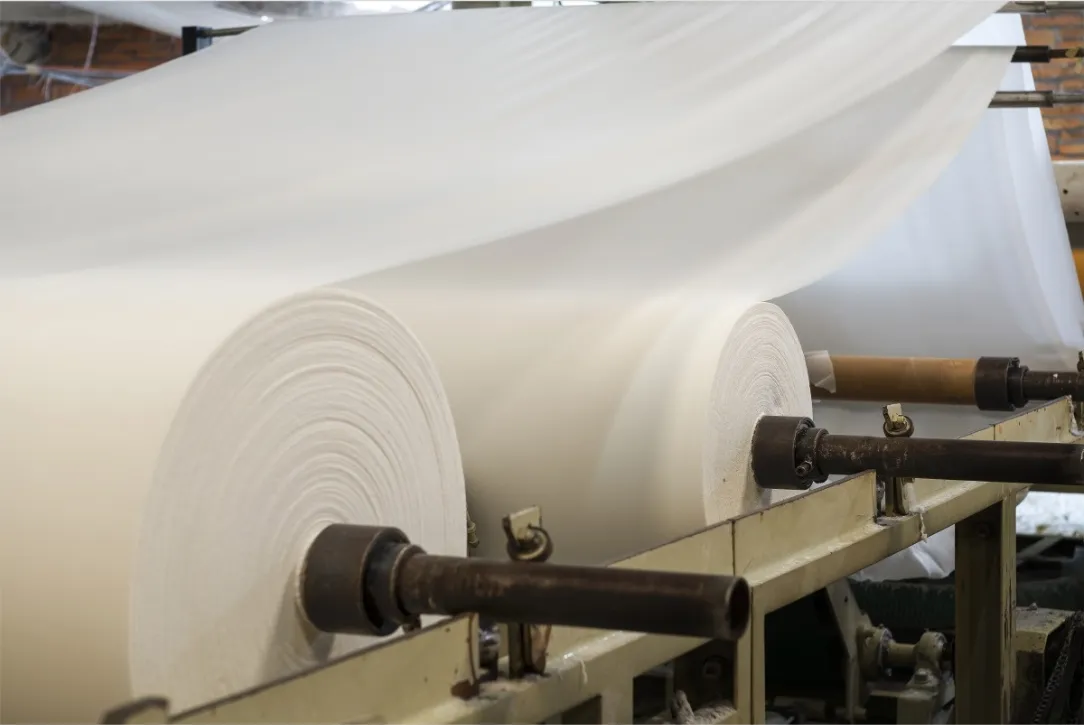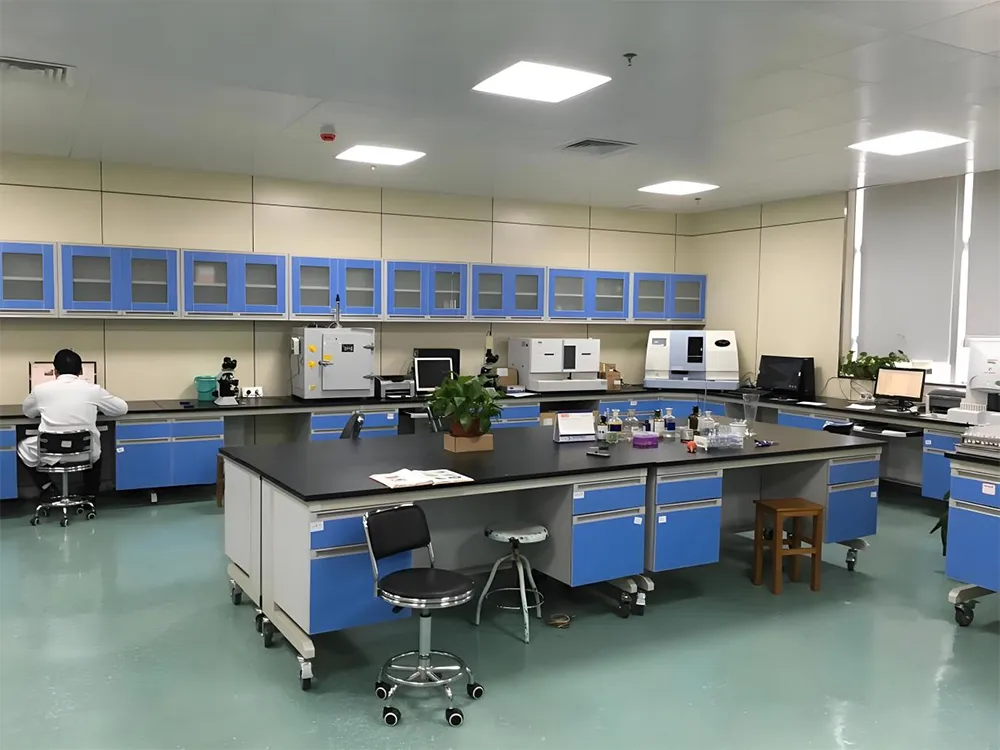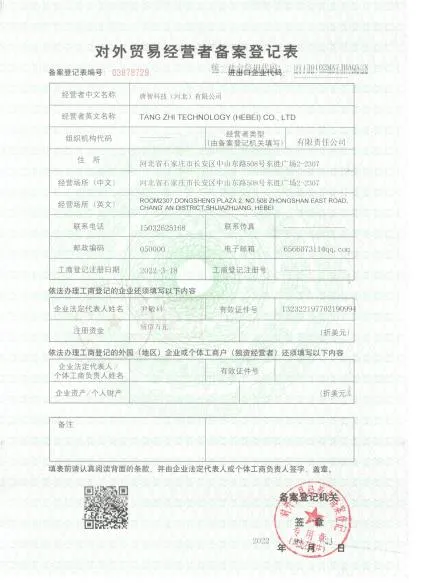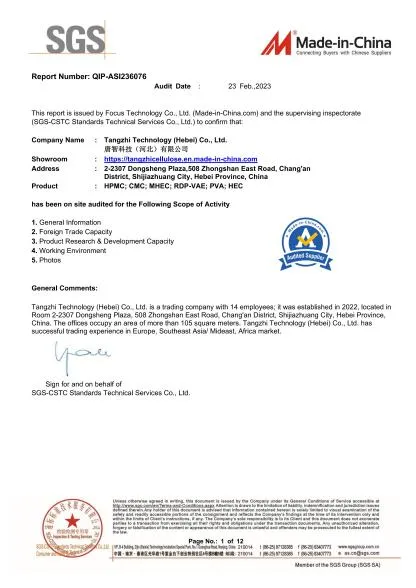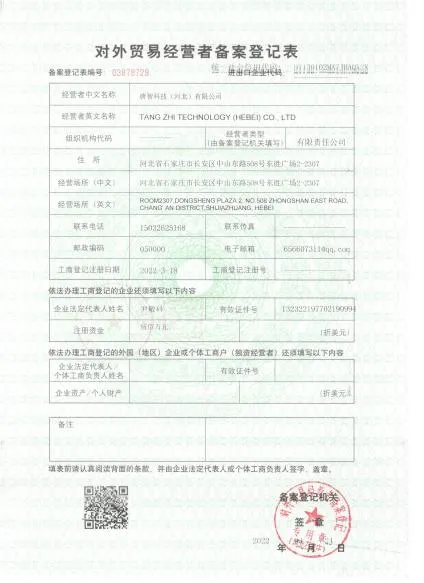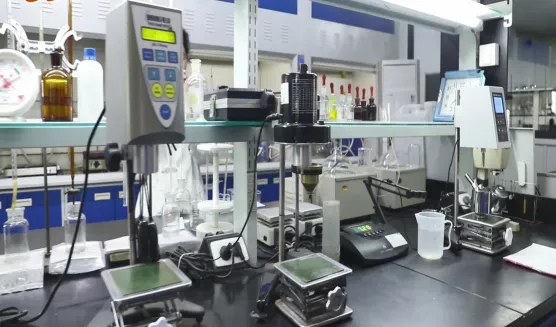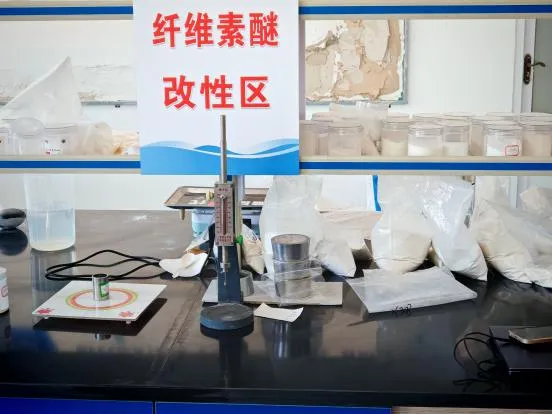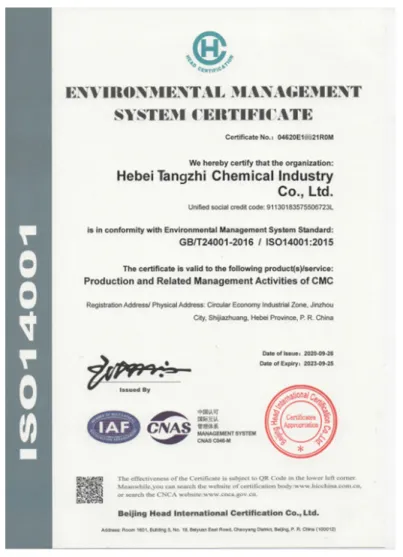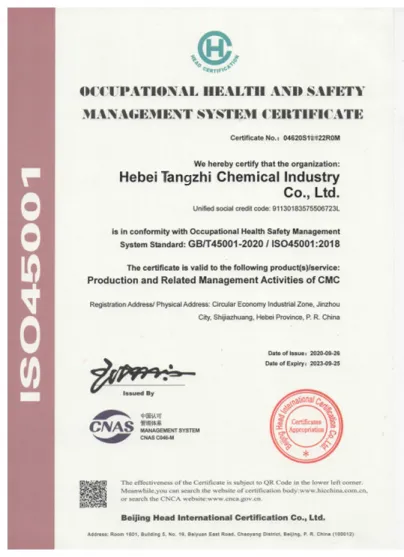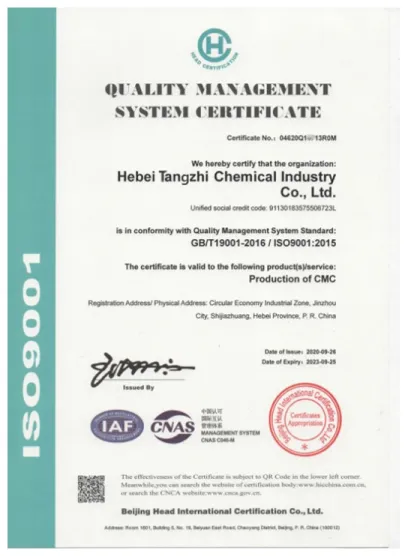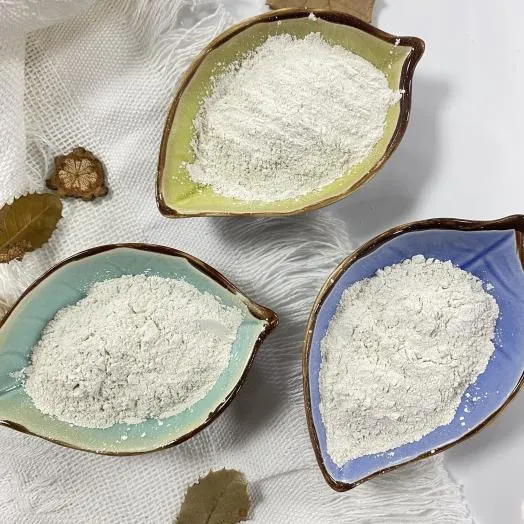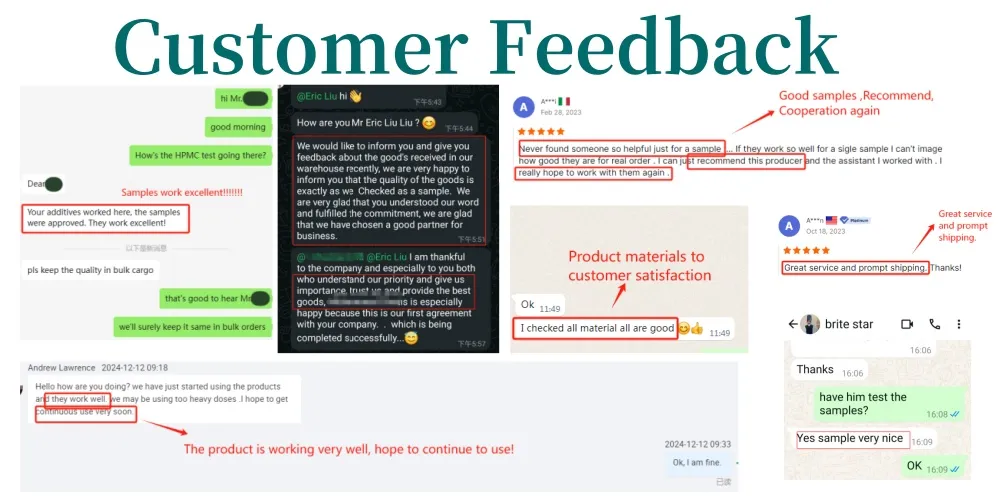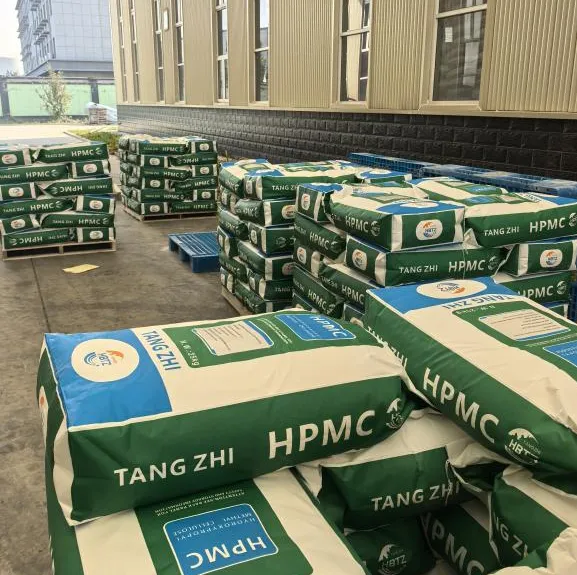Hydroxypropyl Methylcellulose (HPMC) stands out as a highly functional and adaptable material, serving as a cornerstone in numerous industrial applications. Its unique combination of properties, along with its ease of use and biocompatibility, makes it a preferred choice for formulators and manufacturers across diverse sectors.
┃ Appearance
HPMC usually exists in the form of white or off-white powder, which is odorless and tasteless, and miscible with water to form a transparent colloidal solution.
┃ Solubility
HPMC is highly soluble in water, forming clear, viscous solutions. The solubility of HPMC is influenced by the degree of substitution (DS) and the molar substitution (MS) of the hydroxypropyl and methyl groups. Generally, higher levels of substitution lead to increased solubility. HPMC is also soluble in some organic solvents, such as ethanol and methanol, but is insoluble in non-polar solvents like hexane and toluene.
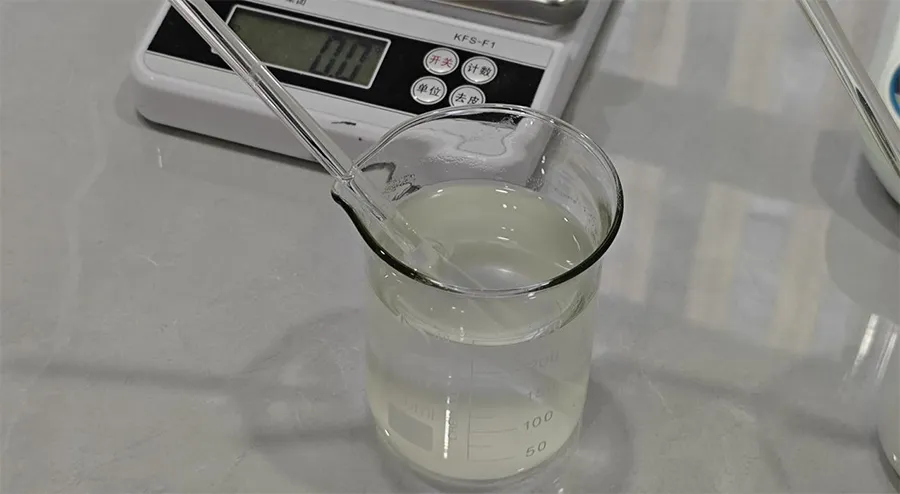
┃ Viscosity
The viscosity of HPMC solutions is a critical property, which can be controlled by varying the molecular weight and degree of substitution. HPMC is used as a thickening agent in many applications, including pharmaceuticals, cosmetics, and food products. The viscosity of HPMC solutions increases with concentration and temperature, making it an excellent choice for formulations requiring specific rheological properties.
┃ Rheology Control
HPMC exhibits pseudoplastic behavior, meaning its viscosity decreases with increasing shear rate. This thixotropic property is beneficial in applications where the material needs to flow under stress but regain its viscosity when at rest. For example, in construction, HPMC is used in tile adhesives and grouts to improve workability and prevent sagging
┃ Thermal stability
HPMC exhibits good thermal stability, with a decomposition temperature typically above 200°C. This makes it suitable for use in high-temperature processes, such as hot-melt extrusion and film coating. However, prolonged exposure to high temperatures can lead to degradation, so it is important to control processing conditions to maintain the integrity of the polymer.
┃ Surface Activity and Emulsification
HPMC acts as a surface-active agent, reducing the surface tension of water and other liquids. This property makes it useful as an emulsifier and stabilizer in various formulations. HPMC can help to stabilize emulsions and suspensions, preventing phase separation and ensuring uniform distribution of components.
┃ Water Retention and Hydration Properties
HPMC has excellent water retention and hydration properties, which make it useful in construction materials, such as tile adhesives, grouts, and plaster. In these applications, HPMC helps to improve workability, extend open time, and enhance the overall performance of the material.
Types of HPMC
Based on Viscosity
┃ Low Viscosity HPMC
Viscosity Range: Typically below 100 mPa·s at 2% solution.
Applications: Low viscosity HPMC is used in applications where a thin, easily pourable solution is required. It is commonly used in pharmaceuticals as a binder and disintegrant, in cosmetics as a thickener and emulsifier, and in food products as a stabilizer and texture modifier.
┃ Medium Viscosity HPMC
Viscosity Range: Between 100 and 4,000 mPa·s at 2% solution.
Applications: Medium viscosity HPMC is used in applications that require a balance between flowability and thickening. It is widely used in the construction industry as a water retention agent in tile adhesives and grouts, and in the food industry as a thickener and stabilizer.
┃ High Viscosity HPMC
Viscosity Range: Above 4,000 mPa·s at 2% solution.
Applications: High viscosity HPMC is used in applications where a highly viscous solution is needed. It is commonly used in the construction industry as a thickener in dry-mix mortars and plasters, and in the pharmaceutical industry as a controlled-release excipient.
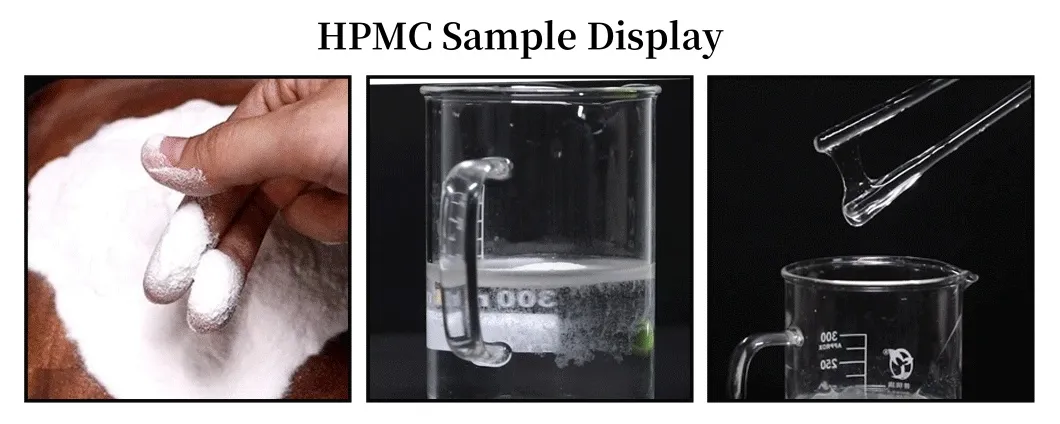
Specialized HPMC Variants
┃ Pharmaceutical Grade HPMC
Characteristics: These types meet strict regulatory standards for purity and consistency, making them suitable for use in pharmaceutical formulations.
Applications: Used in tablets, capsules, and other drug delivery systems.
┃ Food Grade HPMC
Characteristics: These types are approved for use in food products and meet food safety standards.
Applications: Used as thickeners, stabilizers, and emulsifiers in a variety of food products.
┃ Industrial Grade HPMC
Characteristics: These types are designed for industrial applications and may have a broader range of specifications.
Applications: Used in construction, paint, and other industrial processes.
